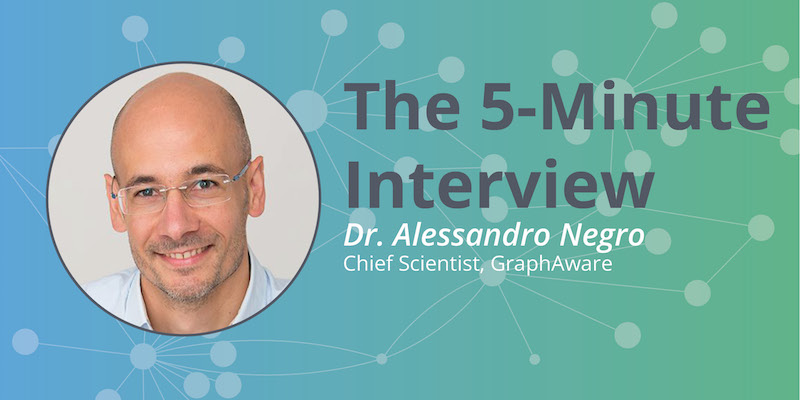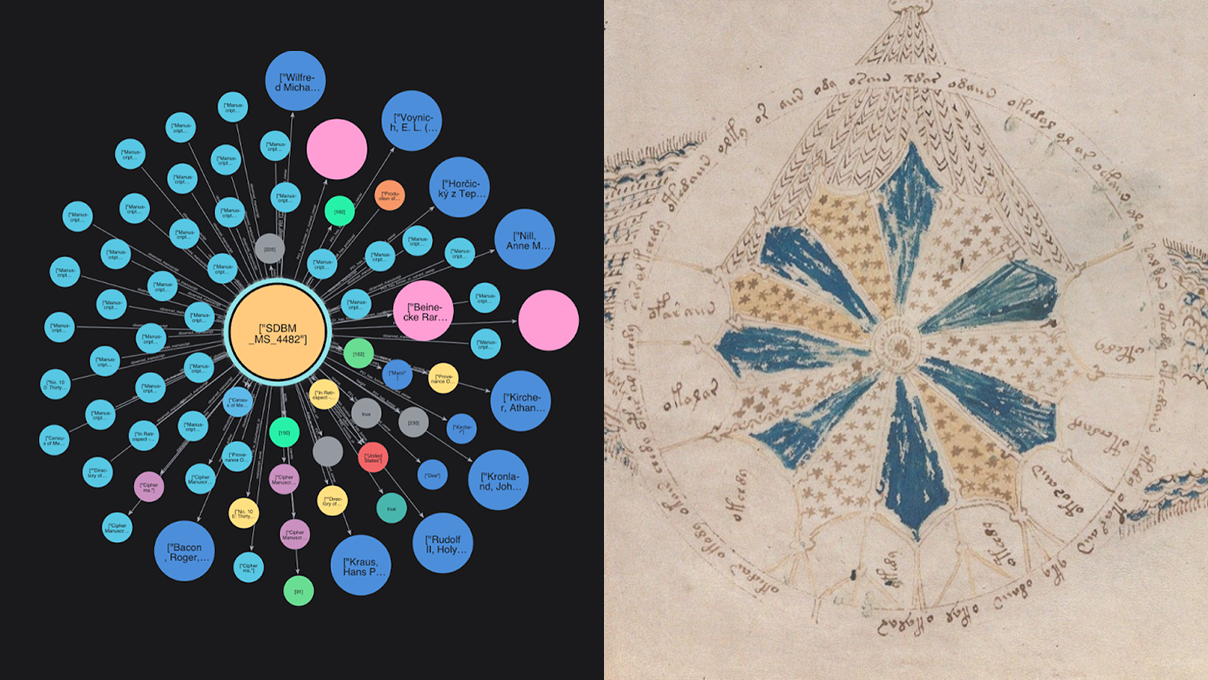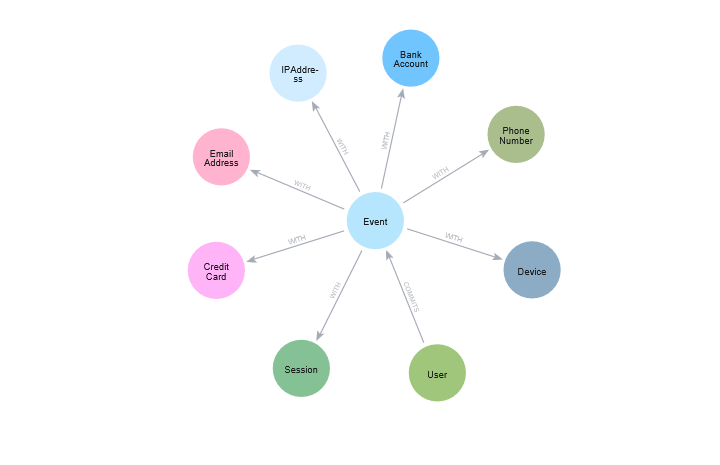How to Know What You Know:
5-Minute Interview with Dr. Alessandro Negro, Chief Scientist at GraphAware

Editor-in-Chief, Neo4j
5 min read

“I want to know what I know. That describes what knowledge graphs do for companies,” said Dr. Alessandro Negro, Chief Scientist at GraphAware.
In this week’s five-minute interview, we discuss how GraphAware uses natural language processing to help companies gain a better understanding of the knowledge that is spread across their organization.
Can you tell us a little bit about GraphAware?
Dr. Alessandro Negro: We are mainly graph consultants. That means that we deliver a different kind of professional services and solutions to companies that, at some point, decided to start using the graph – and specifically Neo4j – as a part of their infrastructure.
We also help companies that already have Neo4j and want to get more from it. In this case specifically, we deliver services – like machine learning, recommendations or natural language processing – built on top of Neo4j.
Can you tell us about some of the Neo4j projects that you’re working on?
Negro: We’ve been working on a lot of interesting projects in the last few years. Currently, we are helping companies to get more from the data they already have. For instance, we are helping banks implement better fraud detection analysis. We use graph algorithms on top of a graph model to spot fraud that is difficult to find with classical rule-based mechanisms. We deliver graph visualizations that help analysts perform a more effective and efficient investigation.
We also help companies, such as those in ecommerce, to deliver better recommendations or better search for their customers, implementing search customization or semantic search. Recently, more and more companies are asking us to extract knowledge from textual data.
GraphAware does a lot of work with natural language processing in Neo4j. Can you tell us about that?
Negro: We started working on natural language processing a couple of years ago when we worked with a charity organization. They asked us to merge people’s comments and stories together and they mixed this textual data to provide some type of recommendation for a place to eat or sleep or get medical help or find a better job. We found out that supplementing the graph model with natural language processing offered a better way to deliver these kinds of services to the end user.
Generally, when we talk about textual data, we think of it as unstructured data, but that is not completely true because language has a lot of structure related to grammar and the lexicon and so forth. Most of this structure is hidden in the language itself. Through natural language processing, you can extract these structures and store them in the form of a graph. We found that storing the data in a graph format has a lot of advantages.
We started with one client, but then we abstracted this concept to a Neo4j plug-in that delivered natural language processing on top of the graph database. We evolved it over time into a product called Hume.
Can you tell us more about what Hume is and what it does?
Negro: I’ll describe it in the words of a potential customer who said, “I called you because I want to know what I know.” When I heard that, I thought, “That is an amazing way to describe what Hume can do for companies.” Hume helps companies gather data from multiple data silos and sources and organize it in a structured and homogenous, collaborative knowledge graph. It is a knowledge graph in the broader sense – a kind of interconnected set of entities with attributes. It is collaborative because it is the result of collaboration among people in multiple organizational units.
At the end of this process, what companies get is a new asset that creates new value for the company, because they have a better understanding of what they already know. It is their knowledge; it’s just distributed across different organizational units or different people.
In this way, they have this new infrastructure, this new data, well organized, and on top of this, they can deliver a different set of services to the end users, or they can use the knowledge for improving the quality of their product or the way they are creating products. Or they can save costs for the company.
We have a lot of companies that are interested in getting more from their data. And of course, the Neo4j graph database, at the core of this knowledge graph, is playing a key role in delivering this type of services to our customers.
What do you think the future of graph technology looks like?
Negro: I’m writing a book called Graph-Powered Machine Learning. It summarizes my thoughts about the role of graph and graph models in the coming years.
I have been working with Neo4j since 2012, and been a part of the Neo4j community since that time. And I follow the evolution, not only of Neo4j but also the evolution of the market around graph technology.
In the beginning, a lot of people came to the meetups with no idea about graphs. They would say, “What is a graph? What can a graph do for my company?”
Now the scenario is completely different. You meet people who know what graphs are and who may already have graphs in their infrastructure, but they would like to get more from graph technology. We are in the second phase of the evolution of graph technology. People are aware of the power of the technology and would like to get advanced services on top of it. And most of them are machine-learning projects.
I hear people say, “I’m thinking about recommendation engines” or “I’m thinking about using a knowledge graph for powering conceptual search.” Classical natural language processing, when applied to a graph, can get you more – both in terms of analyzing the data and also in accessing the data. That is completely different from the approach based on the inverted index, for example, that was commonly used in search engines.
I’m expecting that in the next five years this process will evolve more and more because more people already have their data in the graph or are planning to move their data to the graph so they can extract insight and wisdom from it.
Want to share about your Neo4j project in a future 5-Minute Interview? Drop us a line at content@neo4j.com
Using graph databases for journalism or investigation?
Read this white paper The Power of Graph-Based Search, and learn to leverage graph database technology for more insight and relevant database queries.








